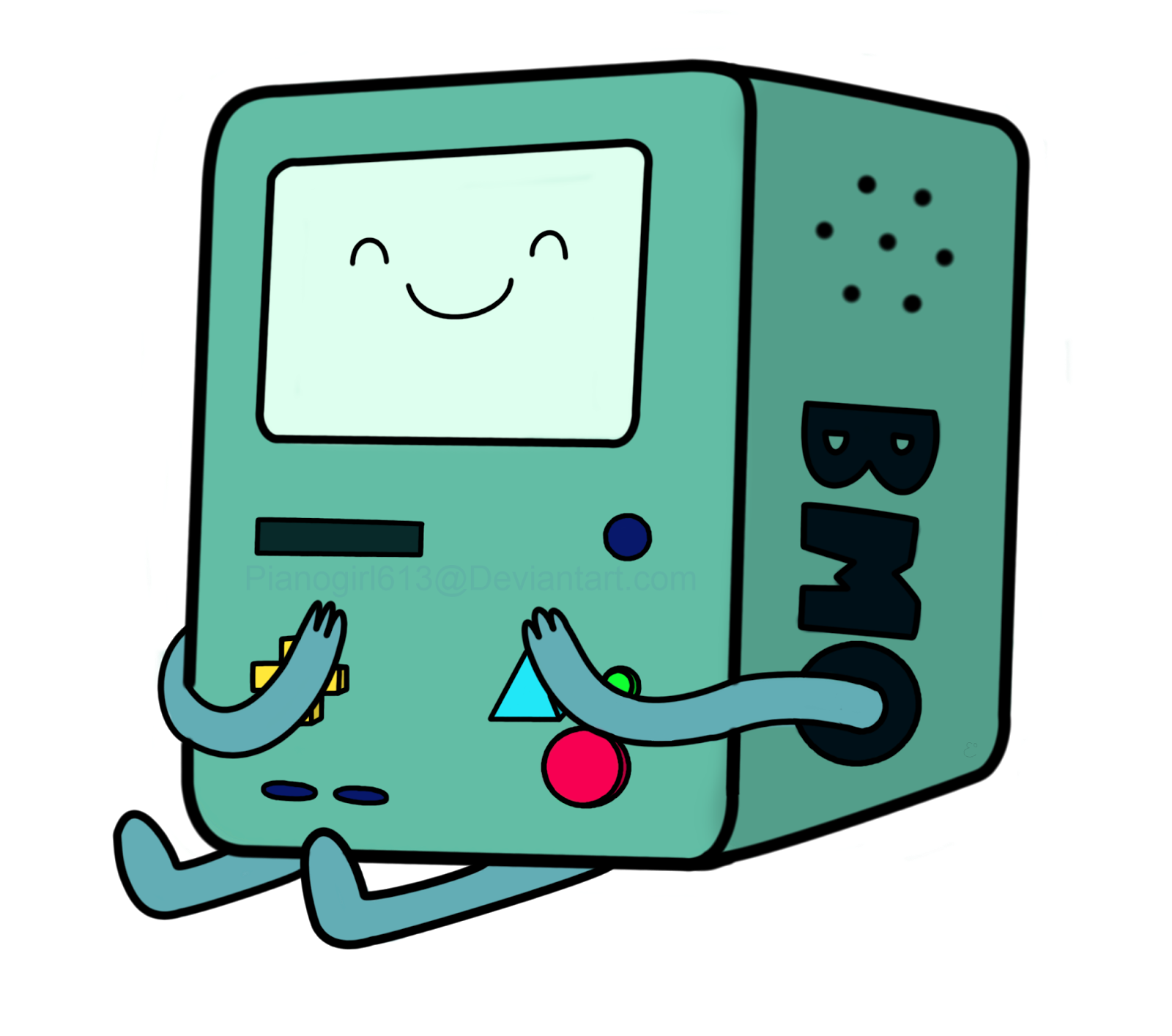PROCESSING
Processing is a programing language that enables visually orientated designers to create something quickly and effectively without having to learn large amounts of complex code. Processing comes in a software package that is widely and freely accessible with a lot of documentation to aid new users and expand experienced users knowledge. When beginning to code in processing I very quickly wanted to move away from the initial 2D static or mouse control interactions. Taking my understanding of a 2D ellipse that bounced from the walls of the window I then applied that to 3D spheres. Adding a small amount of randomness I produced what you can see here. I then started looking at the net library of processing, understanding server and client coding within processing. I wanted to take that understand and create something based on the motion of the accelerometer of my phone. However I ran into a wall when trying to configure the JDK and SDK needed to link processing to an android.
After several hours of tinkering and reading many forum posts online the SDK and JDK had defeated me and I could not export android applications on a simple level let alone achieve what I wanted with the accelerometer of the device As shown below I wanted to take the position of the accelerometer and link it with visuals on the computer much like a remote for a TV. I also had ideas and plans to control the visuals with the temperature of the room or even geo-location.
I finally decided to go back to 2D imagery and work more on the automation of visual arts. The imagery seen above is procedurally generated using simple ellipses with a stroke. The finish product could be used as an art piece on a mobile, tablet, digital picture frame or even a screen saver for a desktop. The ellipse’s moves based on a number of variables. The main circular pattern we see is created with the Sin and Cos mathematical rules that come standard with processing. A multitude of other variables are then based on time, every minute the colour of the stroke is randomly chosen along with a new start position. A screen shot is then taken and every 15 minutes the background resets to back clearing the build up. I did this because I felt it was common that the new colour would not be prominent enough against the old colours background. In the future I would like to automatically upload the screen shots and display them or even sell them as procedurally generated artwork for a very low price.
This website is not optimized for this screen size, please use a larger screen size if avalible.
Thank you.
